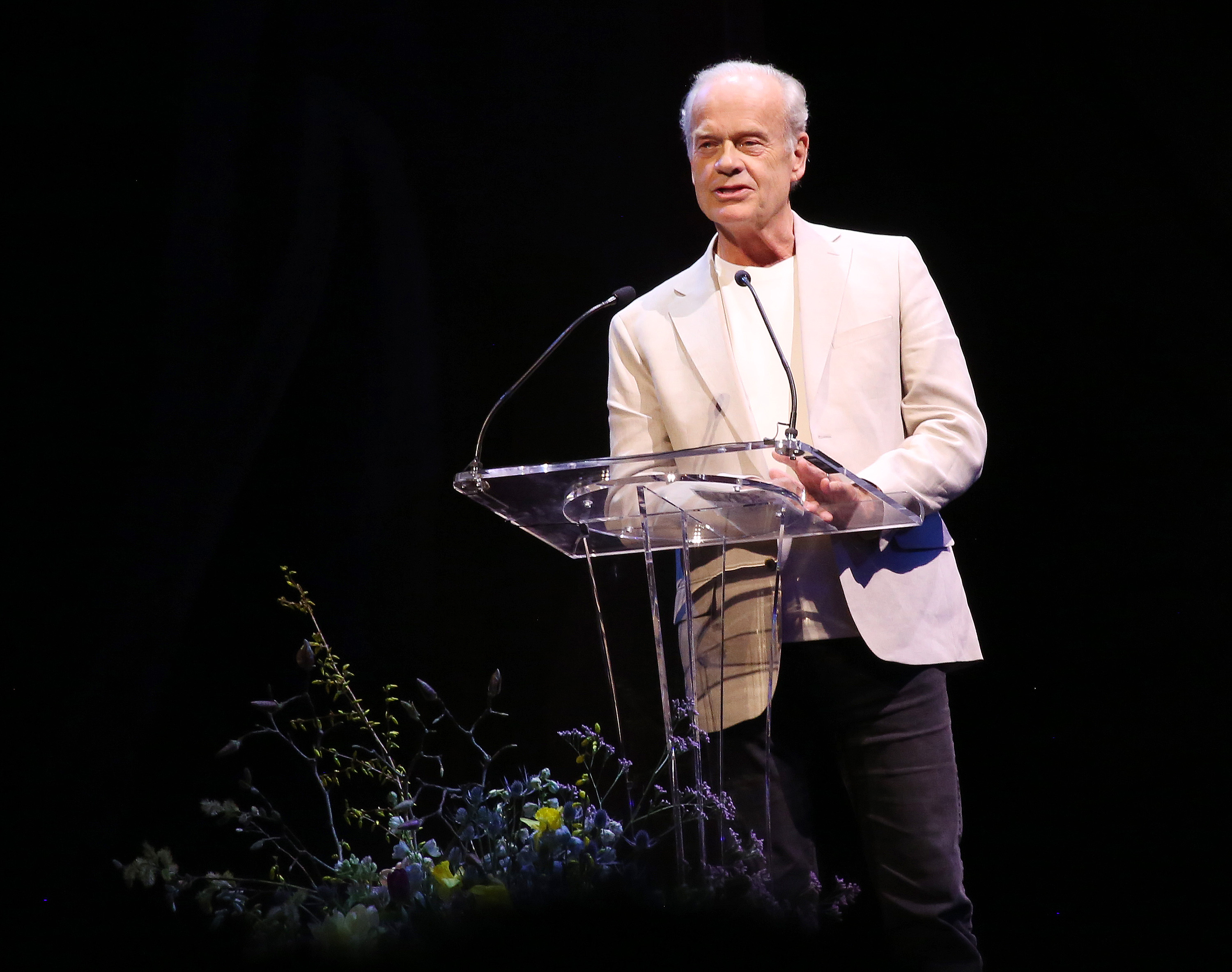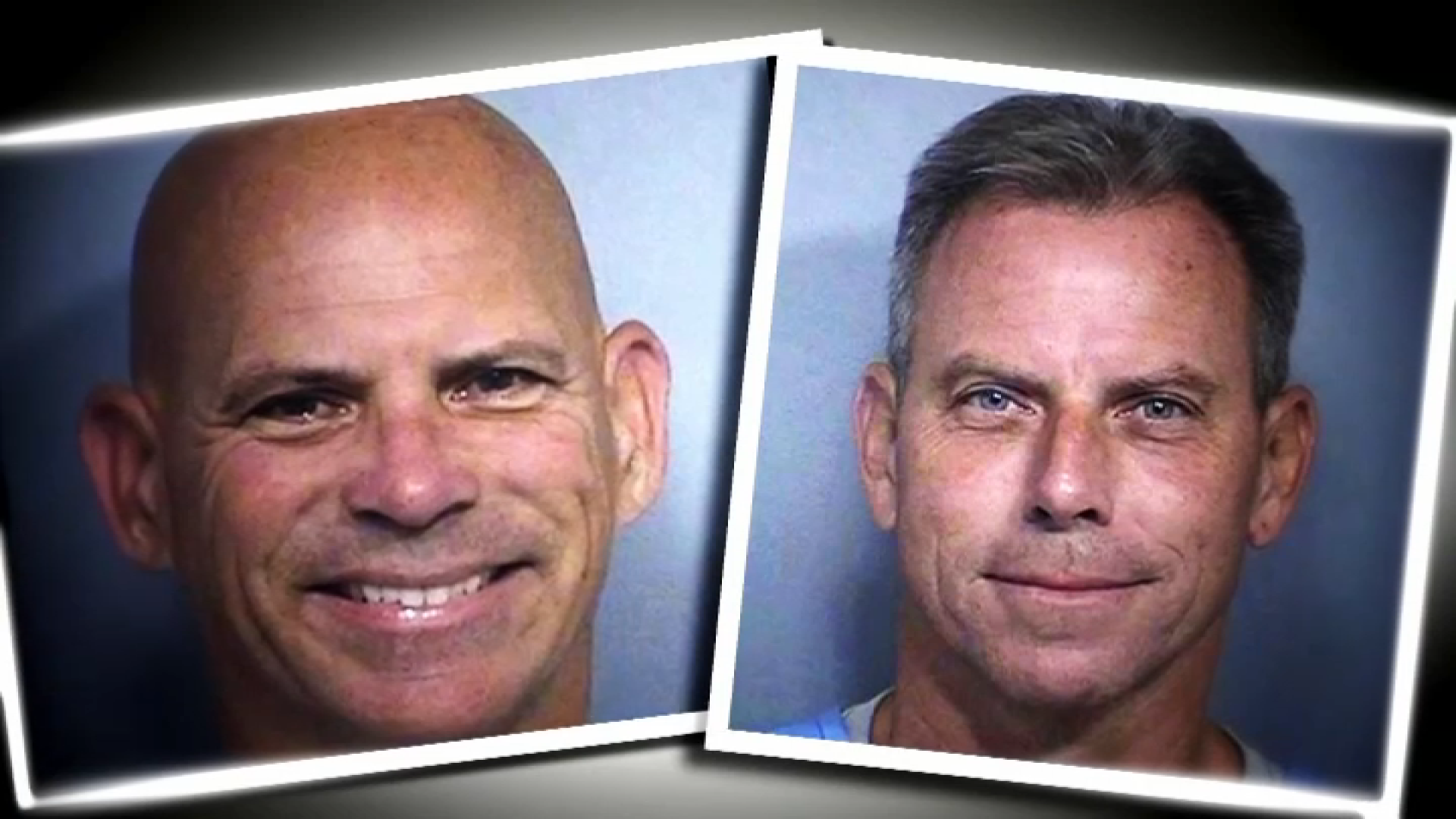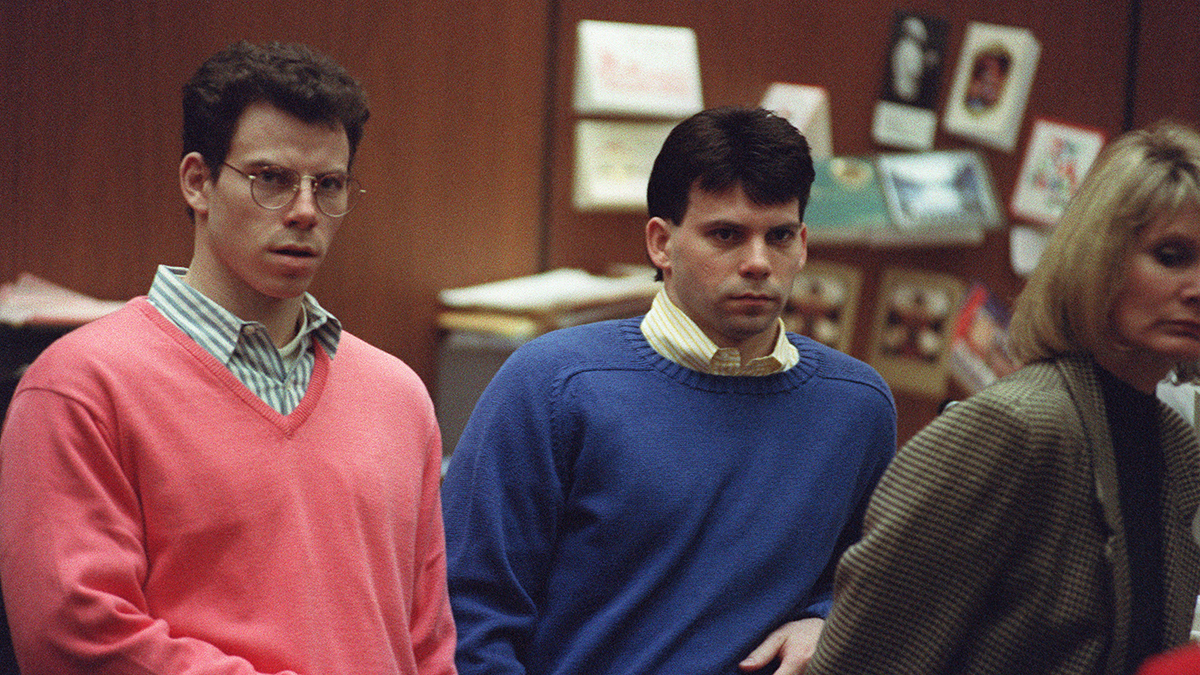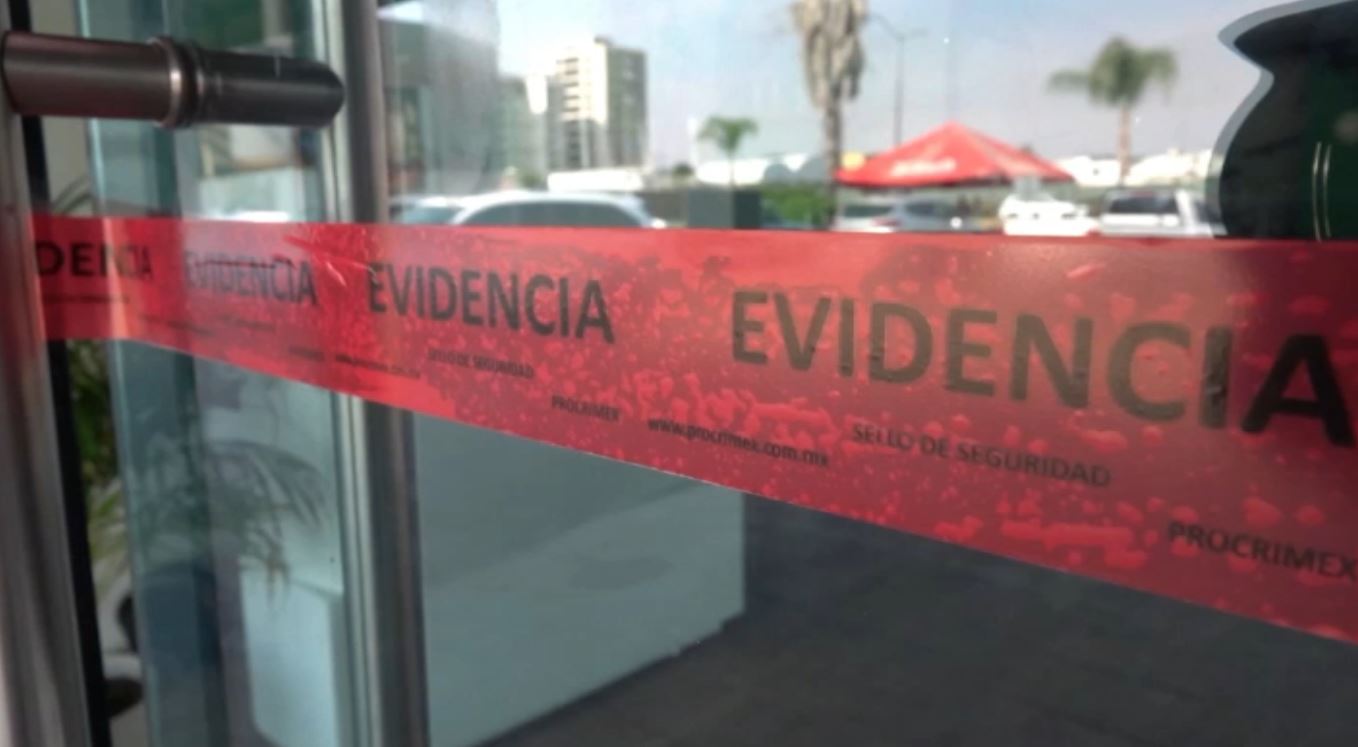Kelsey Grammer's Sister's Murder: Remembering Karen's Tragedy
Kelsey Grammer's Heartbreak: Remembering Sister Karen's Tragic Final Moments
Introduction: A Brother's Grief, Fifty Years On
Losing a sibling is a pain unlike any other. Now imagine losing that sibling in a violent, senseless act. For Kelsey Grammer, that nightmare became reality in 1975 when his 18-year-old sister, Karen Grammer, was tragically murdered. Fifty years later, the "Frasier" star is opening up about the profound impact of that loss, sharing the details of her final moments and the long shadow it cast over his life. What's it like to carry that weight for so long?
The Day Everything Changed: A Knock on the Door
On July 8, 1975, a 20-year-old Kelsey Grammer received news that would forever alter the course of his life. A knock at the door brought the devastating revelation that his sister Karen had been raped and fatally stabbed in Colorado Springs, Colorado, a week prior. Can you imagine the shock, the disbelief, the utter devastation?
"Karen: A Brother Remembers": A Journey Through Grief
To cope with the enduring grief, Grammer has penned a book titled "Karen: A Brother Remembers," set for release on May 6. This deeply personal project delves into Karen's final moments and the aftermath of her tragic death. Grammer shared with People that the book has been instrumental in helping him "get to a new place" with his grief.
The Deep Scars of Loss: Grief's Enduring Power
“For a long time, the grief was so dominant that I couldn’t access happiness,” Grammer revealed. It's a powerful statement, highlighting how trauma can permeate every aspect of one's life, casting a long shadow over joy and contentment. How does one even begin to heal from such a deep wound?
Remembering Karen: More Than Just a Victim
This book isn't just about the tragedy; it's about remembering Karen as a person, a sister, a young woman with dreams and aspirations. Grammer aims to paint a vivid portrait of Karen, ensuring that she is not solely defined by the horrific circumstances of her death.
The Search for Justice: A Long and Winding Road
The investigation into Karen's murder was long and complex. The man eventually convicted of the crime, Freddie Glenn, was initially sentenced to death, but that was later commuted to life in prison. Justice, but at what cost? The emotional toll on the Grammer family must have been immense.
The Parole Hearings: Reliving the Nightmare
Over the years, Glenn has been up for parole several times, forcing Grammer and his family to relive the nightmare of Karen's murder. Each parole hearing becomes a fresh wound, a painful reminder of the injustice and the enduring loss.
The Impact on Kelsey Grammer's Life: Shaping a Star
It's impossible to separate the tragedy of Karen's death from Kelsey Grammer's life and career. The pain and grief undoubtedly shaped him, influencing his choices and his perspective on the world. Did it fuel his ambition? Did it temper his success with a sense of responsibility?
Finding Solace in Comedy?
Grammer's success in comedy, particularly as Frasier Crane, seems almost paradoxical given the deep sadness in his personal life. But perhaps comedy provided a much-needed outlet, a way to find light in the darkness. Can humor truly be a form of healing?
Family Bonds: Strength in Shared Grief
The tragedy of Karen's death undoubtedly strengthened the bonds within the Grammer family. Shared grief can be a powerful unifier, forging a sense of solidarity and mutual support. Family becomes a lifeline in the face of unimaginable loss.
The Power of Remembrance: Keeping Karen's Memory Alive
By writing this book, Grammer is ensuring that Karen's memory lives on. He is giving her a voice, allowing her story to be told, not just as a victim, but as a vibrant and loved individual. Isn't that what we all want – to be remembered?
The Ripple Effect of Violence: A Community Scarred
Karen's murder didn't just impact her family; it left a scar on the entire community of Colorado Springs. Such a violent act shatters the sense of safety and security, leaving a lasting impact on everyone who knew her and those who simply heard about the tragedy. How does a community heal after such a profound loss?
Speaking Out: Advocacy and Awareness
Grammer has used his platform to speak out against violence and advocate for victims' rights. His personal experience has given him a unique perspective and a powerful voice to raise awareness about the devastating consequences of violent crime. Can one person's tragedy become a catalyst for change?
"Karen: A Brother Remembers": A Beacon of Hope?
Ultimately, "Karen: A Brother Remembers" is a story of grief, loss, and remembrance. But it is also a story of resilience, healing, and the enduring power of family. Perhaps it can serve as a beacon of hope for others who have experienced similar tragedies, reminding them that they are not alone.
Pre-Order Details and Availability
The book, "Karen: A Brother Remembers", is available for pre-order now and is set to be released on May 6th. Make sure to grab your copy.
Conclusion: Healing and Remembrance
Kelsey Grammer's decision to share his sister Karen's story after 50 years is a testament to the enduring power of grief and the importance of remembrance. "Karen: A Brother Remembers" promises to be a deeply personal and moving account of loss, healing, and the unbreakable bond between siblings. It's a reminder that even in the face of unimaginable tragedy, hope and healing are possible. This book is not just a tribute to Karen; it's a testament to the enduring strength of the human spirit.
Frequently Asked Questions
Here are some frequently asked questions about Kelsey Grammer's sister, Karen, and his new book:
- What was the cause of Karen Grammer's death?
Karen Grammer was raped and fatally stabbed in Colorado Springs, Colorado.
- Who was convicted of Karen Grammer's murder?
Freddie Glenn was convicted of Karen Grammer's murder and sentenced to life in prison.
- Why did Kelsey Grammer write the book "Karen: A Brother Remembers"?
Grammer wrote the book to honor his sister's memory, share her story, and process his own grief after 50 years.
- When is "Karen: A Brother Remembers" being released?
The book is scheduled for release on May 6.
- Has Freddie Glenn ever been up for parole?
Yes, Glenn has been up for parole multiple times, causing further distress to the Grammer family.




